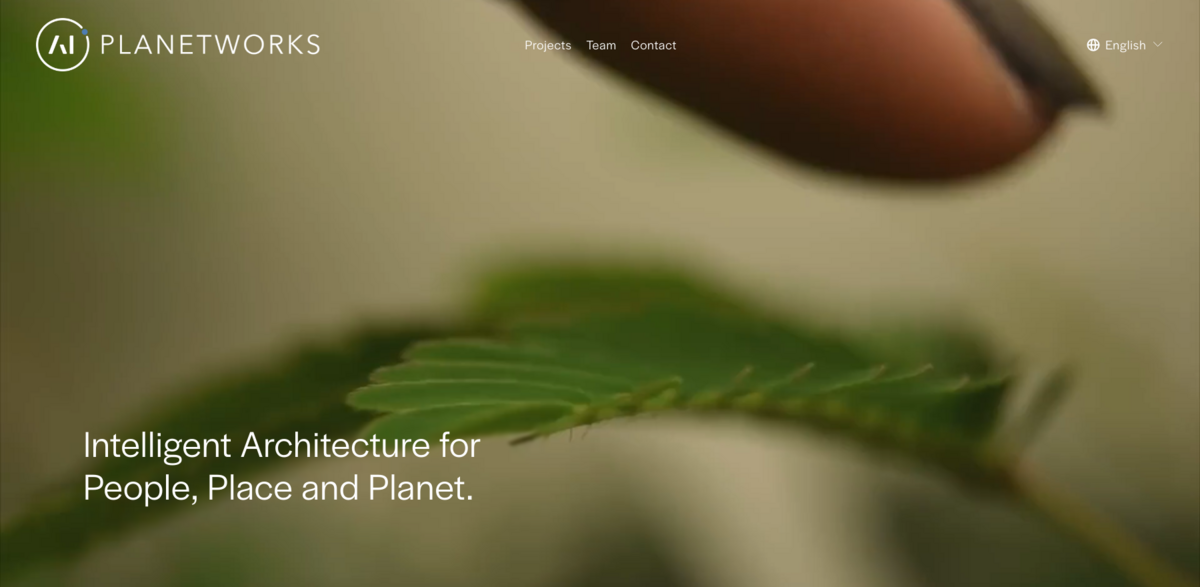What is CELIA by AI planetworks?
CELIA is not just any architectural feature—it’s an illuminated, kinetic ceiling installed at the base of the Ping An Asset Tower in Shenzhen, China. Designed by AI planetworks, CELIA stands for ‘computer enhanced, luminous interactive architecture.’ This ceiling is alive in a way, processing sensor data to create intricate motion and lighting patterns that respond to human movement and the building’s internal systems. Imagine a ceiling that senses you, reacts to your presence, and seems to communicate with its surroundings… That’s CELIA.
Main Benefits and Key Facts of CELIA
Here’s what makes CELIA truly stand out:
- Location: Shenzhen, China
- Designer: AI planetworks
- Size: 108 moving ‘petals’ and 2,484 individually addressable LED light fixtures
- Technology: Motion control system with pre-scripted paths triggered by real-time environmental sensors
- Operating Modes: Human-actuated mode using infrared sensors and a mechanical system mode for ventilation
- Project Type: Kinetic, interactive architectural installation integrated into a 208-meter-tall, 37-floor tower
The Inspiration Behind CELIA
Inspired by bioluminescence in nature, the design team wanted to give CELIA a primitive brain—a central nervous system that senses and responds to external stimuli. This idea goes beyond just animation; it’s about making architecture feel alive, as if it’s communicating with the environment and the people around it. The name CELIA itself, derived from Latin meaning ‘heavenly,’ reflects this digital world hovering just above our own reality.
Design Challenges and Solutions
When AI planetworks took on the Ping An Asset Tower project, they faced a tricky challenge: how to increase density on a busy urban site while creating open, connected public spaces. Their solution? Hover the tower’s mass above an elevated public plaza, revealing a ‘fifth façade’—an exposed outdoor ceiling beneath the building. This unique architectural feature became the perfect canvas for CELIA, turning what could have been just a structural necessity into an interactive, dynamic experience for pedestrians below.
Development and Prototyping Process
The journey to bring CELIA to life was anything but straightforward. Starting with simple breadboards, tiny motors, and handmade wooden models, the team experimented with motion software to visualize the final effect. Over two years, multiple iterations were developed in stealth mode, supported by Ping An Real Estate. The final product is a sophisticated system where every petal and LED light works in harmony, controlled by real-time data to create a living, breathing ceiling.
Project Impact and Sustainable Development Goals (SDGs)
- SDG 9: Industry, Innovation, and Infrastructure – through cutting-edge computational design and technology integration
- SDG 11: Sustainable Cities and Communities – by enhancing urban public spaces and pedestrian connectivity
- SDG 12: Responsible Consumption and Production – via resource-efficient design inspired by natural systems
- SDG 13: Climate Action – through adaptive architecture that responds to environmental conditions
- SDG 15: Life on Land – by drawing inspiration from living systems and bioluminescence
Why CELIA Matters in Modern Architecture
CELIA represents a new frontier where architecture isn’t static but interactive and responsive. It challenges traditional design by blending art, technology, and ecology into a seamless experience. This project shows how buildings can be more than just structures—they can be dynamic participants in urban life, enhancing human experience and environmental harmony. It’s a glimpse into the future of architecture, where every element serves multiple purposes and every design decision is rooted in logic, sustainability, and human connection.





















